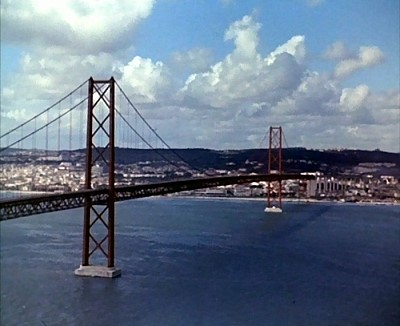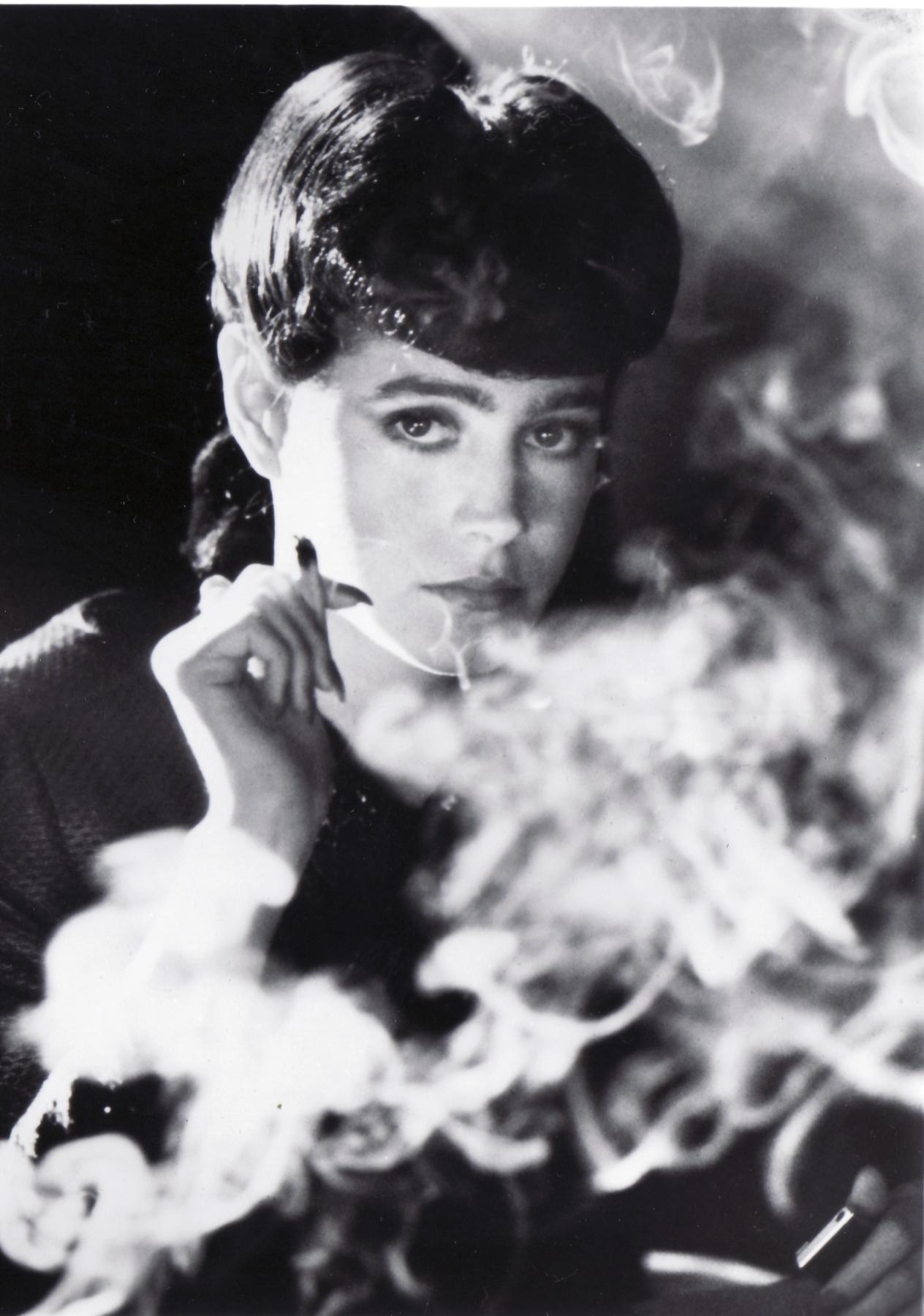When you're applying for a job, whether it be a full position at an organization or a single gig as a contractor, consider what role you're applying for. For each role you're most interested in you should have a portfolio of work. As an artist, this is going to be an incredibly helpful thing to start and keep updated. In motion picture work, your portfolio is usually in the form of a demo reel. A demo reel is an entertaining, fast-paced look at samples of the BEST of your work. Here's an example:
Another really fantastic way to represent yourself is with a website. This gives you the opportunity to showcase not only your reel, but any additional pieces you have in their entirety - along with other types of work you may have (like photography). The website will also give you an opportunity to create an entire aesthetic to present your work, which can set you apart.
Take a moment and look for a job or internship online - something you either think that you'd actually like to have, or a job that might be interesting to you someday. Craigslist is an easy, free resource for finding jobs - but even better is BAVC's very own jobs forum. Once you find a job, look it over and make sure it seems like a good fit for you (or future you). Go ahead and write up a cover letter and resume tailored to that job, and email it to me before class on Wednesday for us to review.
Okay? Okay. Great.
On with the SKILLZ to get you those JOBZ:
Today we're going to continue our work with the video cameras. We're going to learn some basic terms and shot types, and we're going to be looking at various ideas around image composition, camera placement, and camera movement. We'll learn the common tricks used to set up some basic scenes - but the most important thing is that you continue to stick with what you like and define your own style. Movies get boring if we all do the exact same thing all the time - so think about when you might want to use these techniques and when you might not.
Some of this is stuff we've already talked about in theory, but now we're going to put it into practice. Let's start by identifying the common shot types used in cinema. It's important to know these basic ideas and terms so that you can start sharing in a common vocabulary with fellow artists.
Often when you're watching a movie or television show, a new scene starts with a wide shot. Because this shot is also giving you the context for the new setting it is called an establishing shot (you know, because it establishes where you are):
Boom. We know we're in San Francisco.
Other wide shots are used to emphasize location, scenery, time of day, etc:
A wide shot can also just refer to any shot that uses a wide-angle lens, or shows a lot of a scene (it doesn't always have to be so epic and far away).
When you introduce a subject, generally a person, the basic definition for shot types are pretty specific. A full shot is a type of wide shot that shows the entire subject (sometimes also called a long shot):
They aren't usually flying. But sometimes.
A medium, or medium-wide shows the subject from about the waist up to the top of the head:
A medium close up is from about the collarbone to the top of the head:
A close up is just a bit tighter, emphasizing the face:
And an extreme close up emphasizes a very particular feature - flash of the eyes or a speaking mouth, for example:
Here's a nifty view of all of these shots cropped from a wide, for comparison:
Notice the use of abbreviation - these are common in creating shot lists or referencing shots on paper.
What else do you notice that's similar about all of the shots featuring a human subject? In general, you don't want to give them too much head room unless you're doing so for a specific reason. It can look a little bit awkward and make the subject appear small in the scene - this can be a really good thing if you want that - but if you're just looking to convey a normal moment it can be distracting:
When you have multiple subjects in a scene, you have to think about how you want to shoot them - what is their dynamic? What is the feel of the scene? Here are some common shots:
The two shot:
Usually just refers to a shot in which two characters are in the scene without any specific emphasis on one or the other.
Over the shoulder:
Over the shoulder is super common in dialogue scenes between two characters - it's great for giving the scene a little more depth and is also convenient in editing audio. One subject is emphasized (usually in about close up range) while the other is just slightly in frame and their face is mostly obscured. Typically you would also use what is called a 'reverse shot,' which is simply over-the-shoulder of the other character.
Those are the basics - but obviously there are a lot of other factors that can start to change the look of these. The beauty of cinema is that we can decide and control so many variables with the camera. One major thing to consider is the camera placement and angle. You don't always have to shoot things from straight on, right?
A shot from the side like this is called a profile shot - not like a facebook profile though.
There are low angle shots:
and high angle shots:
Which don't necessarily have to place the camera really high up or low down, but have more to do with the way you point the camera.
There are an endless number of ways to position your camera for any given set up, emotion, and scene. Some other things to consider when deciding on your shot composition:
The rule of thirds - the rule of thirds is an aesthetic idea that things placed squarely in the middle of a frame are not as dynamic or compelling as things placed along another line. To follow the rule of thirds, you simply think of your frame as being split into a grid like this:
If your subject falls within one of the grid lines, or ideally along the intersection of grid lines, then according to the rule of thirds idea, it should draw your viewers attention more effectively.
This is in line with thinking of ideas of symmetry and asymmetry. Just because a subject is centered does not necessarily mean it will be less compelling - some artists and photographers love using a centered subject:
In this particular example, the photographer also achieves a lot of symmetry and a very balanced shot. things on the right half closely mirror things on the left, as opposed to something like this:
Either one could be very compelling for a specific purpose.
Also consider your use of space - do you want to fill the frame with activity and visuals?
or keep some of it spare?
Remember, everything that you put in a frame is building what is called Mise En Scene.
Of course, a huge advantage of cinema - one that hasn't been addressed yet today, is the idea of camera movement. This can come in so many forms, as we've discussed before there are many tools to achieve it. But some very basic ones that you see all the time and only require a very simple tripod to pull off include:
Panning - movement of the camera from side to side, notice it in the transitions between these scenes from Some Like it Hot:
Or the famous opening shot from Psycho (2 minutes in):
and Tilting - movement of the camera angle up and down:
And of course, beautiful things can also be achieved with a stationary camera that allows movement to occur only within the frame - below is a series of clips from Days of Heaven, a beautifully shot film that employs many of these different types of shots and movement (Academy Award winner for best cinematography):
The possibilities of camera angles, composition, and movement are as endless as the subjects you try to capture.


















No comments:
Post a Comment